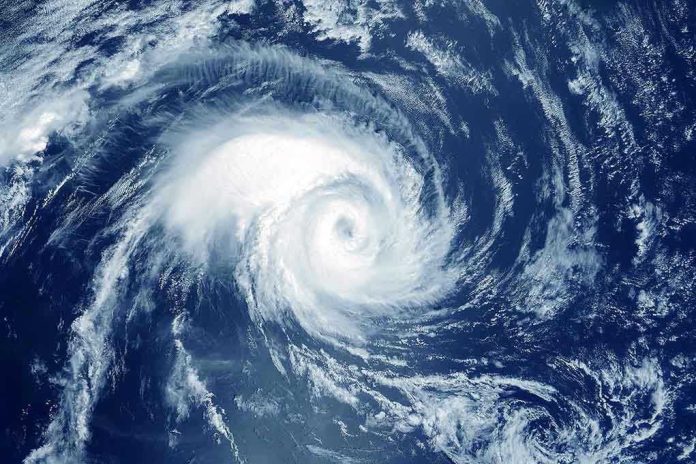
The ongoing struggle to maintain Hatteras Island’s only road highlights a relentless battle between human engineering and nature’s fury.
Story Highlights
- NC Highway 12 is the sole road connecting Hatteras Island to the mainland, threatened by storms and erosion.
- The road has faced significant damage from hurricanes and coastal erosion since its establishment.
- Efforts to maintain the road involve complex decisions balancing infrastructure needs with environmental conservation.
- Local communities face economic and social impacts due to frequent road closures.
Historical Challenges of NC Highway 12
Since its establishment in the 1950s and 60s, NC Highway 12 has been the primary route connecting North Carolina’s Outer Banks to the mainland. This vital road has repeatedly faced destruction from natural events such as the 1962 nor’easter and Hurricane Isabel in 2003, which created inlets that severed the road. The ongoing battle against coastal erosion and storms makes this road a critical and vulnerable lifeline for the local community.
Local residents and tourists depend heavily on NC Highway 12, a road that is often closed or restricted due to damage from storms and flooding. The North Carolina Department of Transportation (NCDOT) works tirelessly to keep it operational through repairs and upgrades. However, the road’s susceptibility to the forces of nature underscores the fragile relationship between human infrastructure and the dynamic coastal environment.
Stakeholders and Their Roles
The maintenance of NC Highway 12 involves several key stakeholders including NCDOT, the National Park Service (NPS), local residents, and environmental groups. NCDOT focuses on transportation reliability and public safety, while the NPS balances infrastructure needs with environmental protection. Local communities advocate for swift repairs due to economic dependence on the road, while environmentalists emphasize sustainable management and habitat protection.
These stakeholders often find themselves in a delicate dance of collaboration and conflict. The need for rapid road repairs often clashes with the desire to protect sensitive habitats, leading to debates and delays. As such, decision-makers must weigh immediate access needs against long-term environmental considerations.
Current Efforts and Future Implications
Recent storms have highlighted the persistent risks faced by NC Highway 12, prompting ongoing repairs and infrastructure upgrades. Major projects, including the construction of elevated bridges, aim to bypass the road’s most vulnerable sections. Despite these efforts, the road remains frequently closed, affecting local communities and the tourism industry.
In the long term, the sustainability of maintaining NC Highway 12 in its current location is in question. Rising sea levels and intensifying storms pose significant challenges, with experts suggesting adaptive solutions such as managed retreat or alternative transportation models. The economic, social, and political implications of these strategies will be profound, influencing the future viability of coastal infrastructure across the region.
Sources:
Wikipedia: North Carolina Highway 12
East Carolina University: Past, Present and Future Inlets of the Outer Banks Barrier Islands (PDF)
OBX Guides: The Outer Banks – History Through the Ages
National Park Service: Cape Hatteras Light Station FAQs
Island Free Press: How Has Our Island Changed? A Look at Decades of Data



